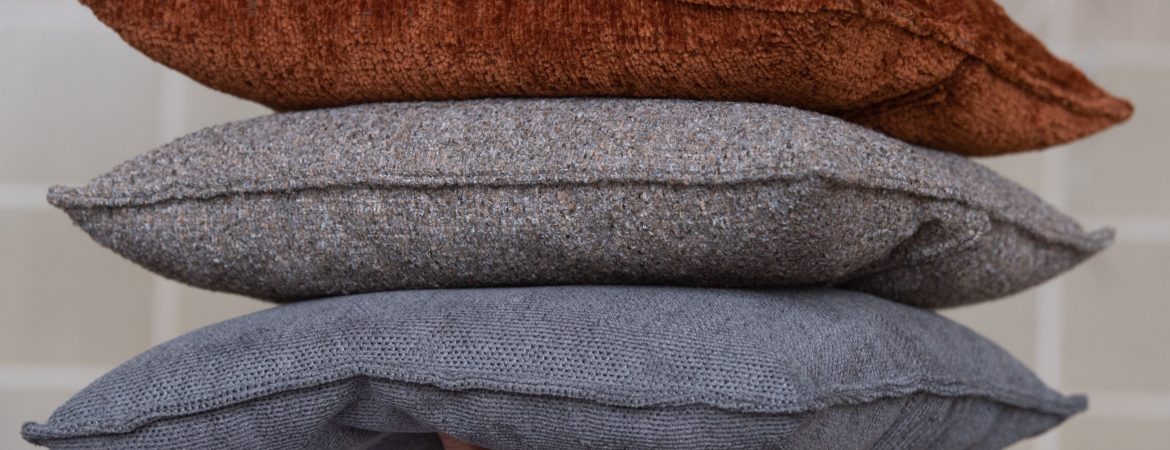
Reducing the impact of the textile industry
The textile industry has a major impact on the economy, society and the environment. The European Union has identified this industry as the fourth largest contributor to climate change. It is therefore important to reduce its impact. The industry employs a lot of people and contributes significantly to our economy, but this also creates a significant environmental footprint. In the past, the textile industry has been embarrassed by cases in which poor working conditions came to light, for example.
Reducing environmental impact
The textile industry, along with the furniture industry, has a significant impact on the environment. Textile production requires large amounts of water and energy, and produces waste and pollution. Moreover, the furniture industry requires large quantities of raw materials, including wood, metal and plastic. If obtaining these raw materials is not done responsibly, it can contribute to deforestation, greenhouse gas emissions and other environmental problems.
Besides the effects of textile and furniture production,, these industries also struggle with a waste problem. After use, products often end up in landfills or incinerators. Textile waste is a big problem: millions of kilos of clothes and textiles are thrown away every year.
Social impact
The textile and furniture industries also have a significant social impact. Textile production is often labour-intensive; many workers are paid low wages and work in poor conditions. In the furniture industry, the situation is unfortunately the same: employees are often exposed to dangerous chemicals and work in unsafe conditions.
To prevent this, FABRAA recently joined BSCI. This organisation is there to help companies ensure that their suppliers and business partners comply with ethical standards in the workplace. The BSCI is based on the International Labour Organisation’s (ILO) core labour standards and covers areas such as working conditions, child labour, forced labour and freedom of association.
As a large sector with a long supply chain across borders, it is important to pay attention to social and working conditions and to consider the impact the sector can have on the surrounding community. With FABRAA, we are trying to get a better grip on the entire supply chain, even beyond our direct suppliers, which is not an easy task.
Solutions for recycling furniture textiles
There are a number of ways to reduce the impact of the textile and furniture industries on the environment and social conditions. One solution is to promote sustainable production practices, such as the use of organic or recycled materials, the application of water and energy conservation measures, and the use of renewable energy sources. Another solution for reducing the impact of the textile industry is to promote responsible raw materials, such as the use of sustainable wood and other materials. In addition, opportunities to promote the principles of circular textiles include: Design for Recycling principles and the reuse but also recycling of furniture textiles.
It is therefore important to promote responsible waste management, such as: recycling of furniture textiles and the safe disposal of waste. We are therefore taking into account potential furniture textile legislation.
Expected legislation for furniture textiles
The textile sector already operates under extended producer responsibility ( EPR) legislation. This legislation currently applies to a number of product categories, such as: consumer and work clothing and household textiles. We expect this legislation to be extended to furniture textiles in the near future. This EPR legislation encourages manufacturers and importers to contribute to circular textiles.
Conclusion
The textile and furniture industries have a significant impact on the economy, society and the environment. While these industries provide jobs and contribute to the economy, they also have a significant environmental footprint and social impact. To tackle these issues, it is important to promote sustainable production practices, responsible sourcing, principles of circular textiles, fair labour practices and responsible waste management. By working together, we can create a sustainable and equitable future for all and reduce the impact of the textile industry. That is the journey on which FABRAA embarked a few years ago. Part of the journey and our conscious way of working is to really understand the impact we are having so that we can make informed decisions. Our goals focus on both environmental and social impact. We start our journey with targeted actions to reduce our environmental impact. That is why we measure the footprint of our fabrics. The environmental footprint reflects the effect that our fabric has on the planet. We are looking at every link in our supply chain.